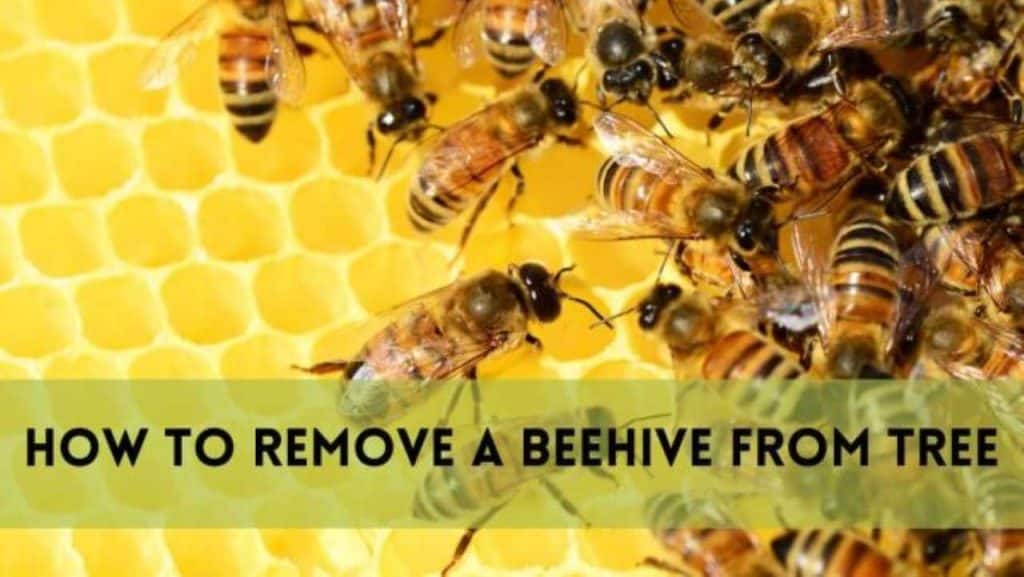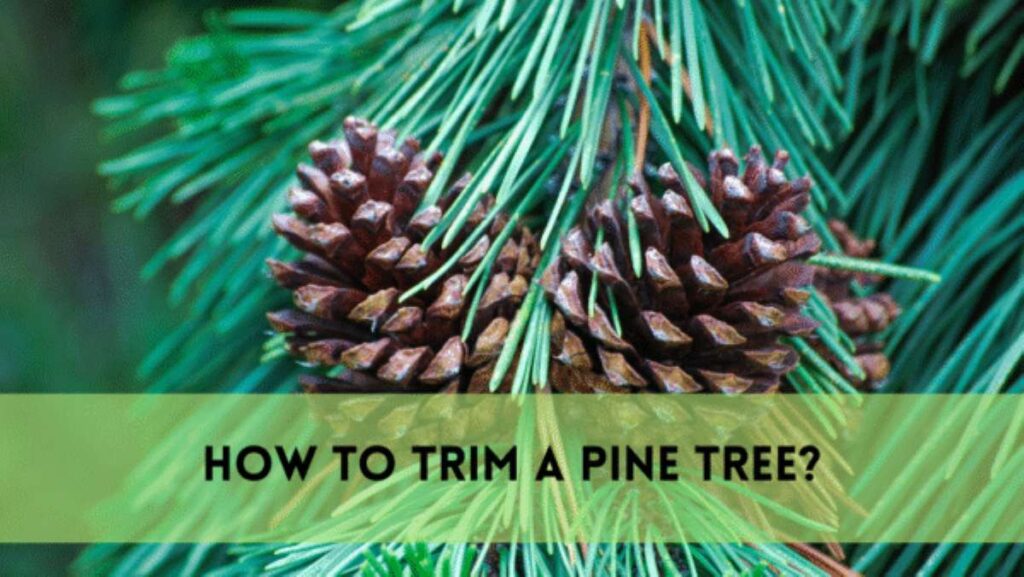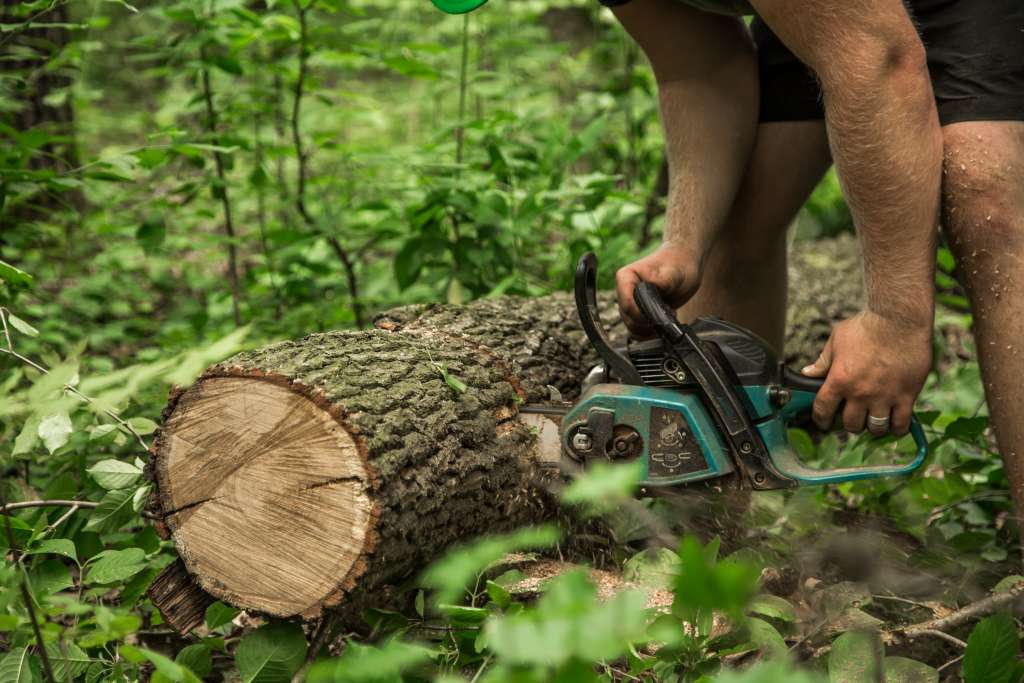Picture this peaceful summer scene: You’re relaxing in your backyard, soaking up the sunshine, when a sudden buzz interrupts the calm. A sharp sting on your arm makes you jump. You turn to see a swirling mass of bees around a hive hidden in your favorite tree’s branches, and you don’t know how to remove a beehive from tree? This article will guide you in detail.
Evaluating Your Beehive Situation
First, assess the hive carefully. Does it look like a small cluster or a massive colony? Your safety comes first – no exceptions.
If you have bee sting allergies or face a large hive, call a professional immediately. Experienced beekeepers or pest control specialists have the right tools and knowledge to handle dangerous situations.
Essential Protective Gear for Hive Removal
If tackling a small hive yourself, gather these critical supplies:
Protective Clothing:
-
Full beekeeping suit (or thick layers as alternative)
-
Leather gloves and secure face veil
-
Sturdy boots with covered ankles
Removal Tools:
-
Bee smoker with fuel
-
Hive tool for prying
-
Sealable containers for bee transport
Strategic Planning for Safe Removal
Before approaching the hive:
-
Map out an emergency escape route
-
Remove all bystanders (especially children and pets)
-
Prepare for slow, deliberate movements
Remember: Quick motions trigger defensive behavior in bees.
How To Remove A Beehive From Tree
Step-by-Step Beehive Removal Process
1. Timing is Critical
Bees are least active during cooler hours – aim for dawn or dusk. Midday removal attempts often fail when bees are most aggressive.
2. Proper Smoker Technique
Light your smoker using natural fuels like pine needles. Let it produce cool, thick smoke for several minutes before approaching.
3. Approaching the Hive
Move slowly while puffing smoke toward the hive entrance. The smoke:
-
Masks alarm pheromones
-
Encourages bees to gorge on honey (making them calmer)
-
Provides crucial reaction time
4. Hive Detachment
Use your hive tool to gently loosen the comb structure. Work methodically:
-
Start from the edges
-
Support comb sections as you separate them
-
Avoid crushing bees (releases more alarm pheromones)
5. Bee Containment
Guide displaced bees into your prepared containers using slow sweeping motions. Professional beekeepers often use:
-
Specialized bee vacuums
-
Funnel systems
-
Temporary hive boxes
6. Secure Transport
Double-check all container seals before moving. Even one escaping bee can trigger mass aggression.
7. Post-Removal Cleanup
Thoroughly scrub the area with:
-
Strong soap to remove pheromones
-
Vinegar solution to neutralize scents
-
Pressure washing for wax residues
Preventing Future Bee Problems
Make your property less attractive to swarms:
Structural Fixes:
-
Seal all cracks >1/8″ wide
-
Install chimney caps
-
Repair loose siding
Habitat Modifications:
-
Remove standing water
-
Store trash in sealed bins
- Limit flowering plants near structures
CONCLUSION
While bees play vital ecological roles, your safety matters most. If at any point you feel uncertain:
-
Retreat immediately
-
Seek professional help
-
Never risk anaphylactic reactions
By following this comprehensive guide, you can address your bee problem effectively while respecting these important pollinators. Remember – when in doubt, call the tree experts. Your local beekeeping association often provides free or low-cost removal services.
Consider installing a bee watering station away from your home. This simple act often prevents bees from seeking water near your living spaces, reducing future conflicts.
FAQS
When should I definitely call a professional?
For hives larger than a basketball, in hard-to-reach areas, or if you have any health concerns.
What’s the most common removal mistake?
Rushing the process – patience prevents 90% of stinging incidents.
How long does removal typically take?
Small hives: 1-2 hours. Large colonies may require multiple visits.
Will the bees return next year?
Not if you thoroughly clean and seal the area. Bees follow scent trails from previous colonies.
Is killing bees ever necessary?
Rarely. Most professionals relocate colonies – bees are crucial pollinators facing population declines.





